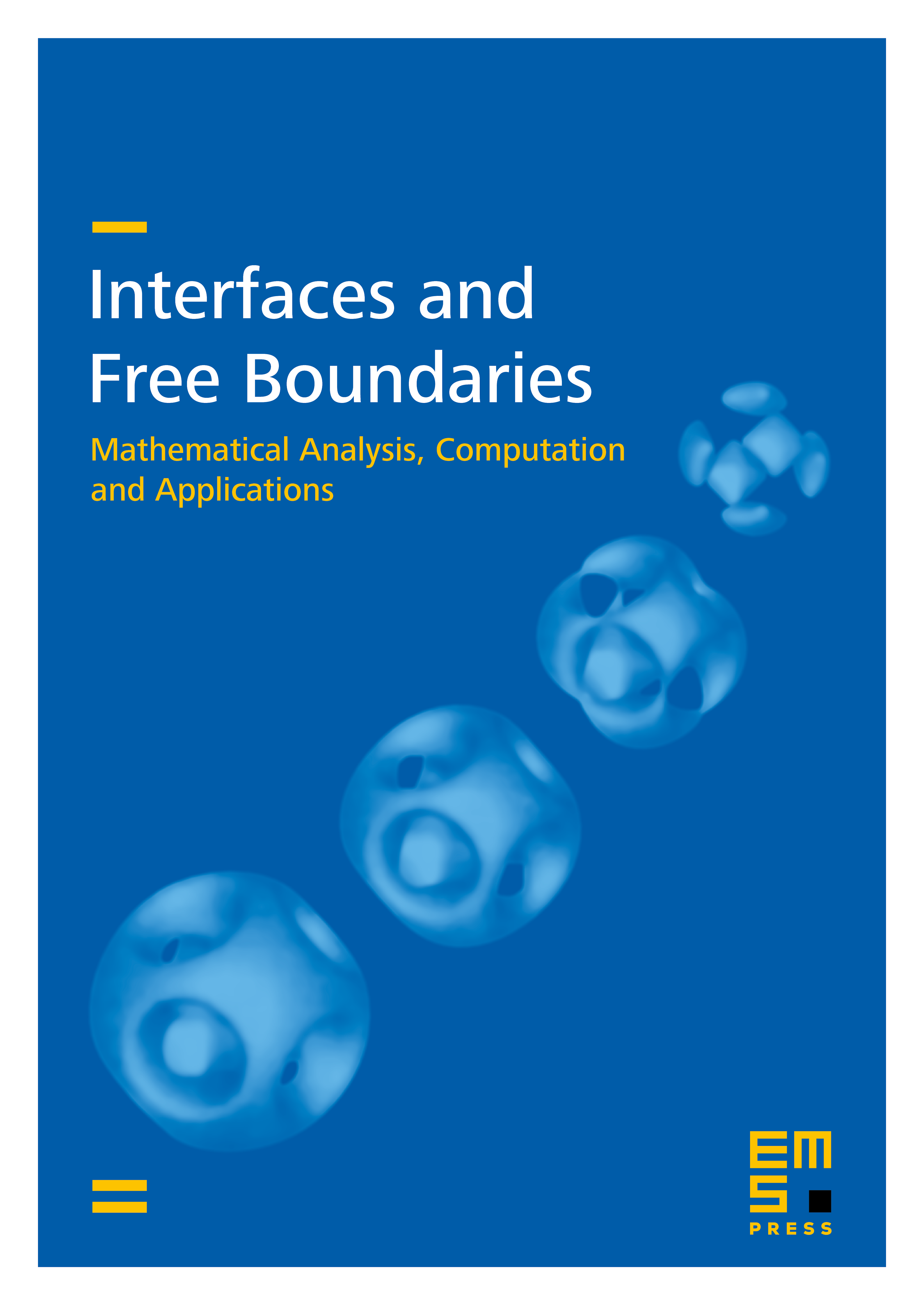On differentiability of the membrane-mediated mechanical interaction energy of discrete–continuum membrane–particle models
Carsten Gräser
Freie Universität Berlin, GermanyTobias Kies
Freie Universität Berlin, Germany

Abstract
We consider a discrete–continuum model of a biomembrane with embedded particles. While the membrane is represented by a continuous surface, embedded particles are described by rigid discrete objects which are free to move and rotate in lateral direction. For the membrane we consider a linearized Canham–Helfrich energy functional and height and slope boundary conditions imposed on the particle boundaries resulting in a coupled minimization problem for the membrane shape and particle positions.
When considering the energetically optimal membrane shape for each particle position we obtain a reduced energy functional that models the implicitly given interaction potential for the membrane-mediated mechanical particle–particle interactions. We show that this interaction potential is differentiable with respect to the particle positions and orientations. Furthermore, we derive a fully practical representation of the derivative only in terms of well defined derivatives of the membrane. This opens the door for the application of minimization algorithms for the computation of minimizers of the coupled system and for further investigation of the interaction potential of membrane-mediated mechanical particle–particle interaction.
The results are illustrated with numerical examples comparing the explicit derivative formula with difference quotient approximations. We furthermore demonstrate the application of the derived formula to implement a gradient flow for the approximation of optimal particle configurations.
Cite this article
Carsten Gräser, Tobias Kies, On differentiability of the membrane-mediated mechanical interaction energy of discrete–continuum membrane–particle models. Interfaces Free Bound. 23 (2021), no. 4, pp. 459–484
DOI 10.4171/IFB/461